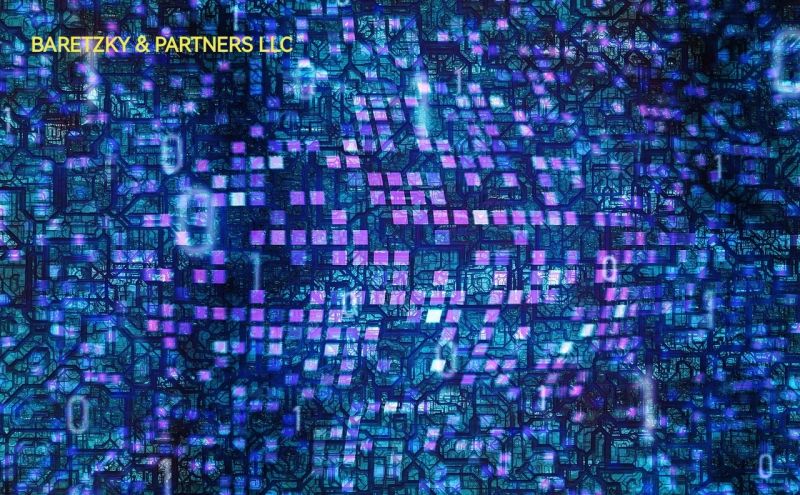
In the evolving landscape of risk management, automation is transforming the way organizations identify and assess hazards. Automated hazard information extraction involves using advanced technologies, such as artificial intelligence (AI) and natural language processing (NLP), to gather, analyze, and interpret data related to potential hazards. This approach enhances the efficiency and accuracy of risk management processes by reducing the time spent on manual data collection and analysis.
Traditional risk management often relies on human expertise to manually sift through documents, reports, and incident logs to identify risks. However, with the increasing volume of data available from various sources—ranging from internal reports to regulatory documents and online news—this manual approach is no longer sufficient. Automated systems can scan vast datasets to detect patterns, flag potential hazards, and extract relevant information in real-time. This allows organizations to proactively manage risks and respond quickly to emerging threats.
One of the key advantages of automated hazard information extraction is its ability to process unstructured data, such as textual documents or social media posts, which may contain hidden risks. By leveraging machine learning algorithms, these systems can be trained to recognize specific risk indicators and generate alerts when a potential hazard is detected.
Incorporating automation into risk management not only improves the speed and accuracy of hazard identification but also frees up valuable resources, allowing risk professionals to focus on strategic decision-making and mitigation efforts.
WWW.BARETZKY.NET




















